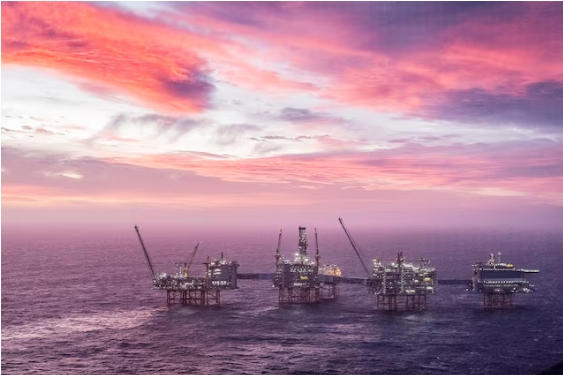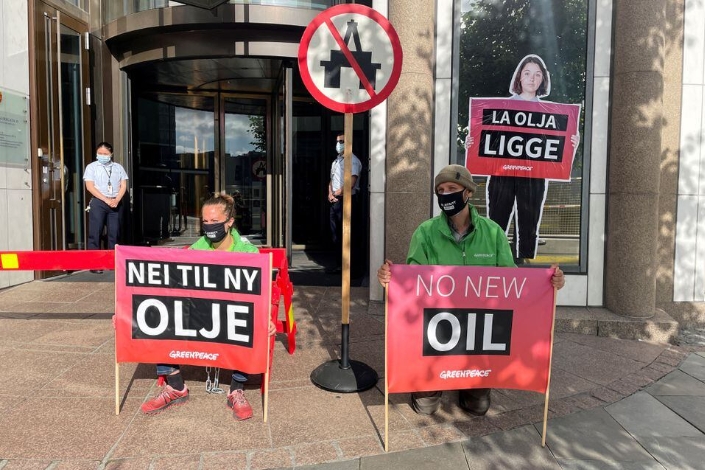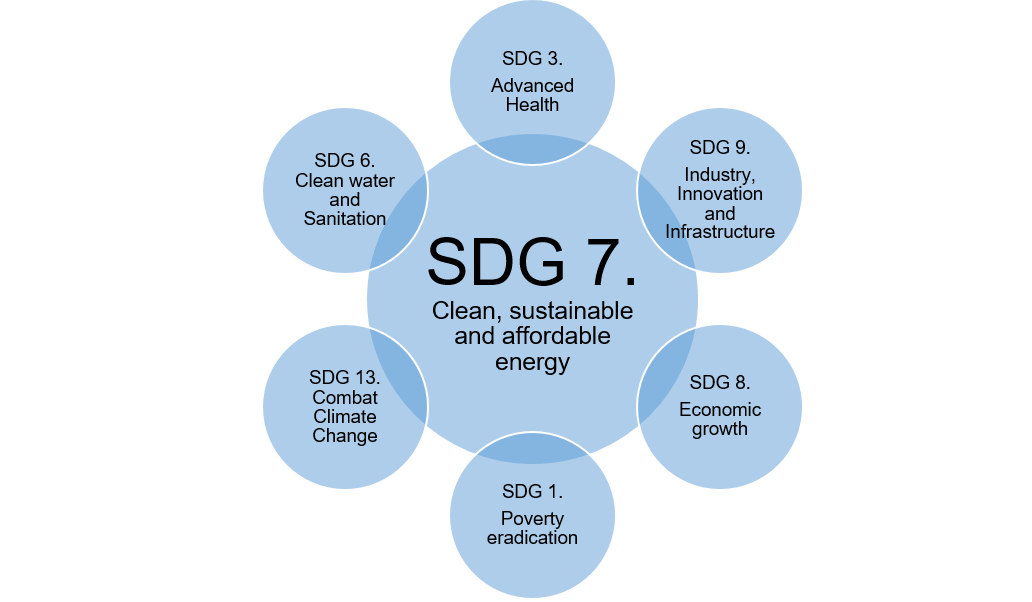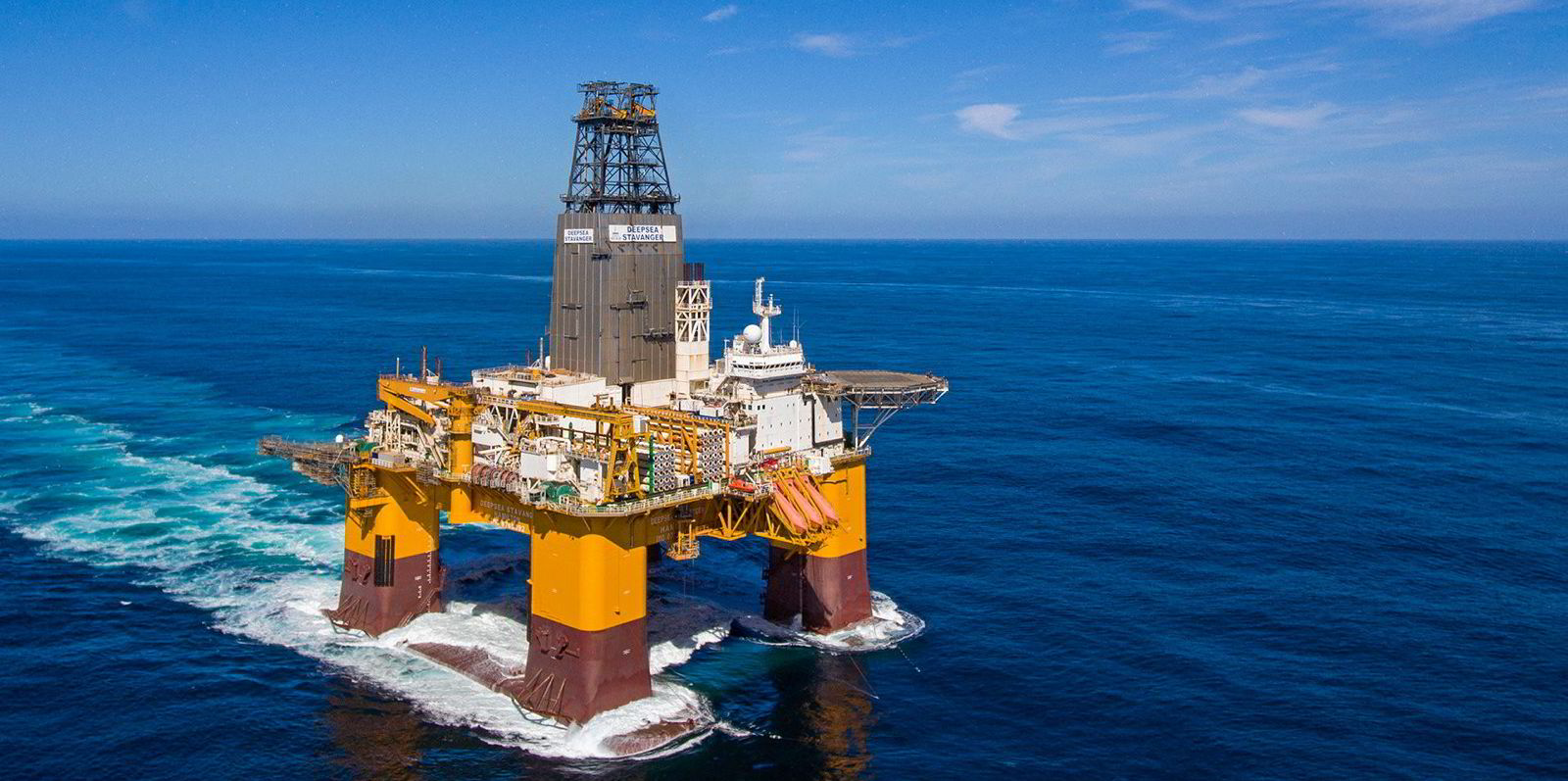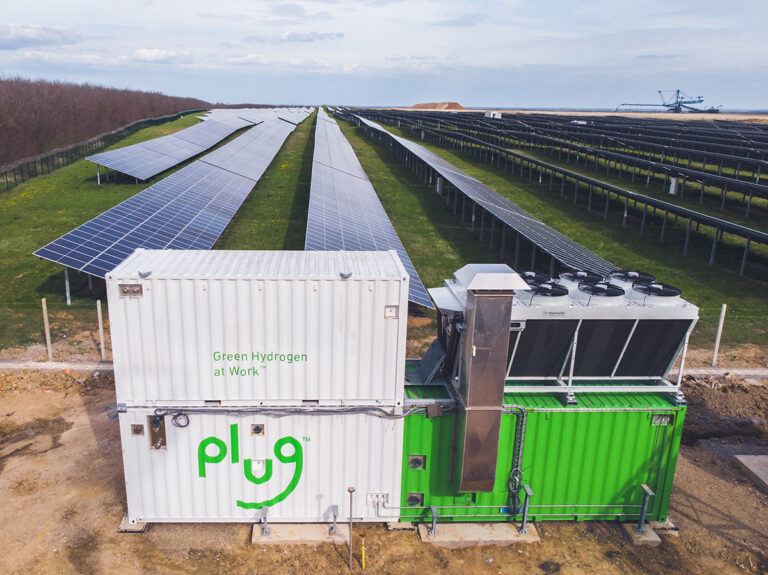
Courtesy of Plug Power
The BEDPs contain all the information for a client’s front-end engineering design (FEED) project phase to develop a mature project execution plan and financial models required to bring the projects to the final investment decision (FID), Plug said, adding that the FID for AGA’s hydrogen-to-ammonia facility, with a capacity of 2,700 metric ton-per-day (TPD) green ammonia, is planned for Q4 2025.
According to Plug, AGA’s production facility taps into “abundant renewable energy resources and strong energy infrastructure,” and the proposed location of Gove Peninsula strategically aligns with Asia’s trading partnerships.
Andy Marsh, Plug CEO, commented: “Moving this major green hydrogen-to-ammonia project to the BEDP phase is a sign of its maturity in the development process. In total, we now have 7.5 GW of BEDP contracts globally to support our growth targets.”
Alfred Benedict, Founder and Managing Director of AGA, stated: “This BEDP agreement is a significant milestone in the development of Allied Green’s facility, which will be one of the most efficient green hydrogen and green ammonia projects globally. Given our respective track records in delivering clean energy infrastructure, this agreement is a critical first step and a testament to the alignment of our respective visions to provide tangible solutions that enable the world to achieve net-zero.”
To remind, the BEDP contract follows the two parties’ recently announced memorandum of understanding (MoU) for the supply of Plug’s proton exchange membrane (PEM) electrolyzers with delivery slated to begin in Q1 2027.
Plug claimed that green hydrogen produced by its electrolyzers can help decarbonize the ammonia production process by displacing steam methane reforming (SMR) techniques. The company asserted that in addition to environmental advantages, its pressurized (40 bar) electrolyzer decreases downstream compression requirements, and the extracted oxygen from electrolysis-based hydrogen can enhance efficiency in industrial power plants and furnaces due to its high-temperature combustion capability. Furthermore, Plug noted that its modular units are completely factory-assembled and can easily be transported by sea and road to remote locations.
